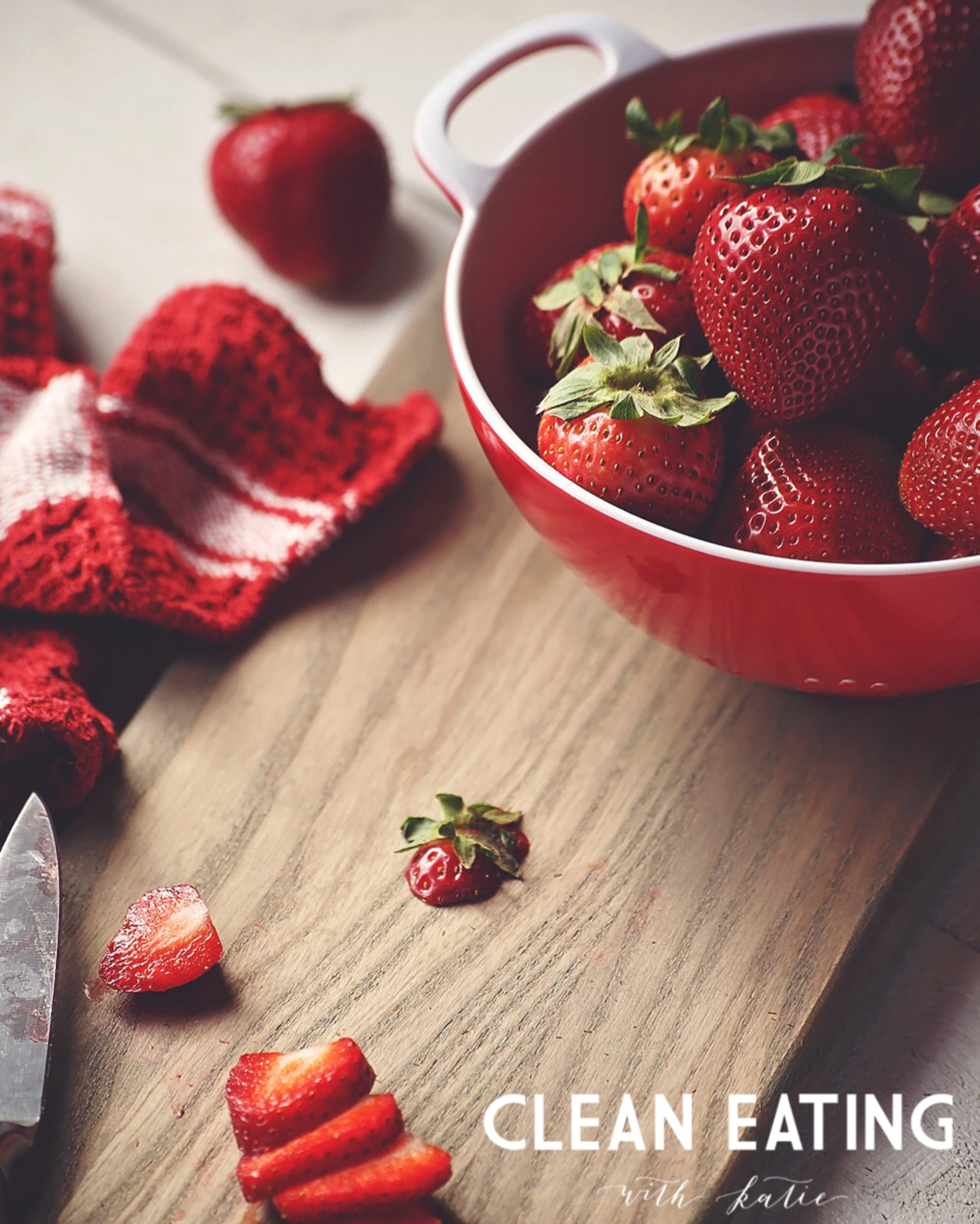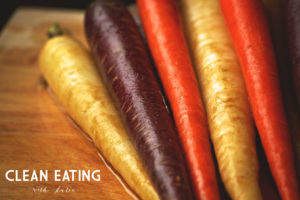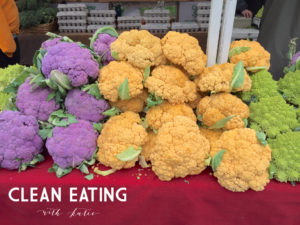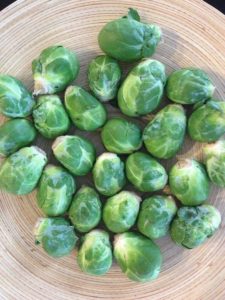It’s not surprising that I love pumpkin, it seems like most people do. However, I’m not a fan of pumpkin flavoring. I’ll be honest, that stuff is crap, and I avoid crap like the plague. So that means no Pumpkin Spice Latte or any of the other pumpkin flavored BS out there in the stores. I know, some of you are probably hating me right now. You’re entitled to your love of whatever you want, but just be real with yourself as to what’s in it and what effect it has on your body.
I like pumpkin savory dishes as well as pumpkin sweet things. We had the MOST EPIC pumpkin and seafood soup on our Honeymoon in Puerto Rico. I have made a few attempts to recreate the soup, but haven’t been able to do so. I LOVE pumpkin curry from Jasmine Thai, our local joint. My favorite sweet pumpkin treat surprisingly isn’t pumpkin pie. I KNOW! I have a recipe for pumpkin cookies that is AMAZING! So bread-like and scrumdiddlyumptious. I’m in the process of trying to paleo-ify the recipe. STAY TUNED!
Jennifer Tyler Lee recommends pumpkin bread, pumpkin pie with a ginger spiced crust, and roasted pumpkin seeds with two different flavor profiles. I should also say I’m a huge sucker for homemade pumpkin seeds. It’s like crack to me.
Food Facts:
- Member of the cucurbitaceae family.
- Because of the thick skin, winter squashes, like pumpkin, can last in cold storage for up to six m
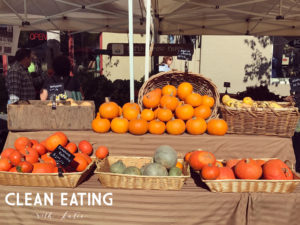 onths.
onths. - The deep orange coloring is a sign that it contains high levels of beta-carotene, a vitamin A precursor.
- Of all the winter squashes, pumpkin contains the most beta-carotene.
- Foods rich in carotenoids, like beta-carotene have been shown to be protective against many cancers, especially lung cancer.
- Carotenoid rich food is also protective against heart disease and the development of type 2 diabetes.
- Good source of fiber.
- Good source of vitamins B1, B5, B6, and C, and folic acid, niacin, potassium, and manganese.
- Pumpkin has been shown to enhance immune activity in rodent studies.
Sources:
The 52 New Foods Challenge by Jennifer Tyler Lee, Superfoods
by Tonia Reinhard, and Encyclopedia of Healing Foods
by Michael Murray, Joseph Pizzorno, and Lara Pizzorno.
